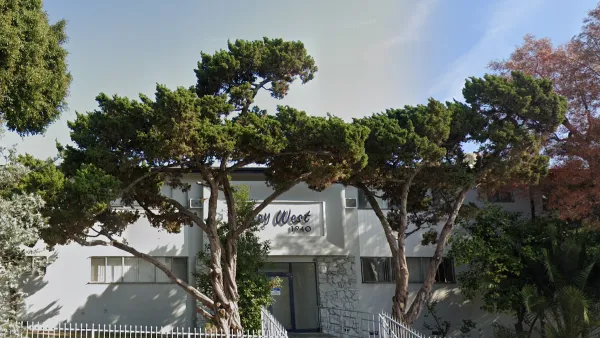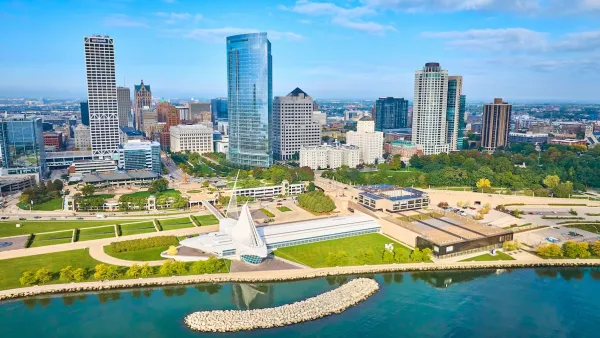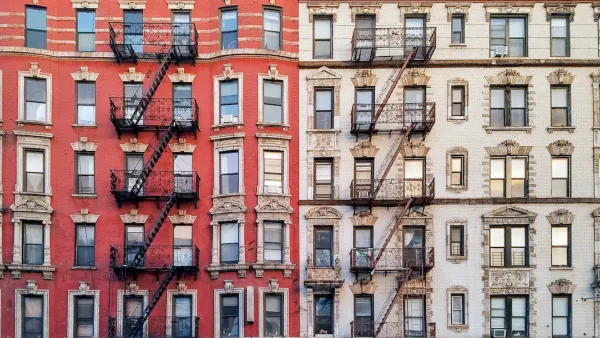The world hasn't been the same since Airbnb launched in 2008 and quickly grew in popularity.

New research by Tarik Dogru and colleagues Airbnb’s impact on hotel performance in ten major U.S. cities, measuring effects in terms of room prices, hotel revenues, and occupancy rates. Dogru writes for CityLab to explain the new research.
According to Dogru, the "exponential rise" of Airbnb was made possible by increasing demand for "authentic" short-term rental experiences (i.e., in people's homes, not hotels) and a lack of regulations.
While this is now changing as cities clamp down, this provided Airbnb with a significant competitive advantage against the hotel industry. Indeed, the typical regulatory framework in cities across America means it can take several years to add a new hotel to the market and requires permits, adherence to safety codes, and more tax collection.
According to the research, "these advantages translated into a significant impact on the hotel industry in terms of revenues, prices, and occupancy rates." In New York City alone, the hotel industry lost an estimated $365 million in 2016 alone, according to Dogru.
Also worth noting is Airbnb's effect in the high-end hotel market.
That suggests the company has successfully pushed to provide more unique experiences across the spectrum, and now there’s a large inventory of more “luxury” experiences on the platform where one can rent designer homes and unique accommodations like cabins, boats and even treehouses—all of which tend to be in the higher price range.
Dogru presents several more key findings from the research, and concludes with a warning that despite new regulatory changes, the hotel industry should expect Airbnb to be a powerful industry presence in the future.
FULL STORY: Here’s How Much Airbnb Is Lowering Hotel Prices and Occupancy

National Parks Layoffs Will Cause Communities to Lose Billions
Thousands of essential park workers were laid off this week, just before the busy spring break season.

Retro-silient?: America’s First “Eco-burb,” The Woodlands Turns 50
A master-planned community north of Houston offers lessons on green infrastructure and resilient design, but falls short of its founder’s lofty affordability and walkability goals.

Delivering for America Plan Will Downgrade Mail Service in at Least 49.5 Percent of Zip Codes
Republican and Democrat lawmakers criticize the plan for its disproportionate negative impact on rural communities.

Test News Post 1
This is a summary

Test News Headline 46
Test for the image on the front page.

Balancing Bombs and Butterflies: How the National Guard Protects a Rare Species
The National Guard at Fort Indiantown Gap uses GIS technology and land management strategies to balance military training with conservation efforts, ensuring the survival of the rare eastern regal fritillary butterfly.
Urban Design for Planners 1: Software Tools
This six-course series explores essential urban design concepts using open source software and equips planners with the tools they need to participate fully in the urban design process.
Planning for Universal Design
Learn the tools for implementing Universal Design in planning regulations.
EMC Planning Group, Inc.
Planetizen
Planetizen
Mpact (formerly Rail~Volution)
Great Falls Development Authority, Inc.
HUDs Office of Policy Development and Research
NYU Wagner Graduate School of Public Service





























